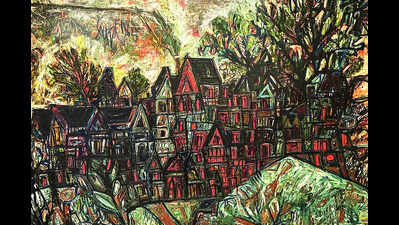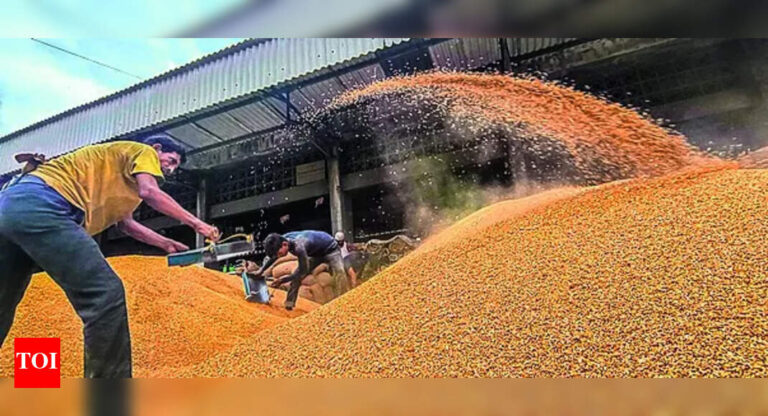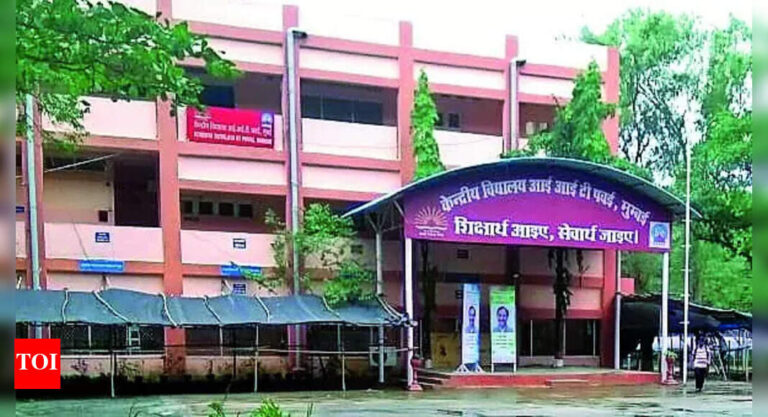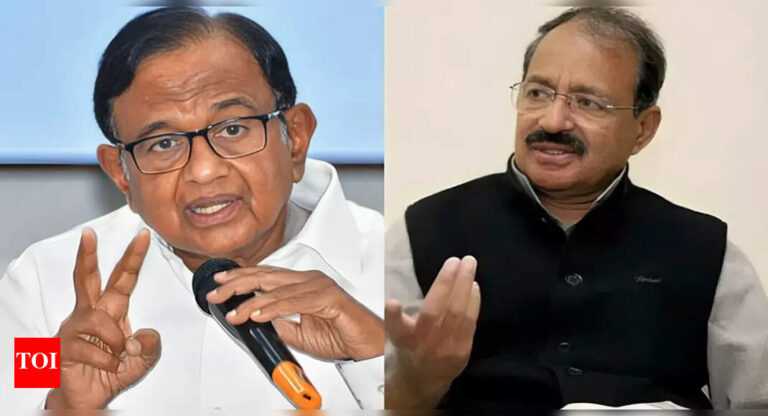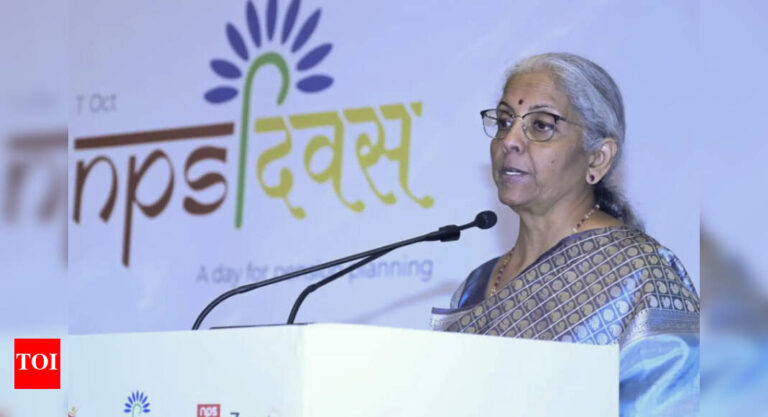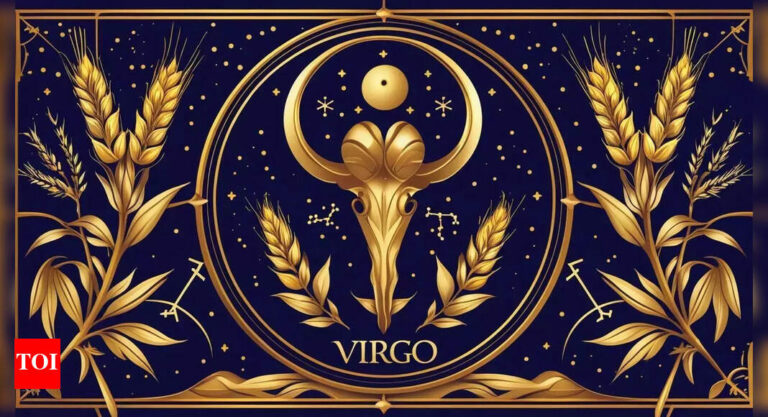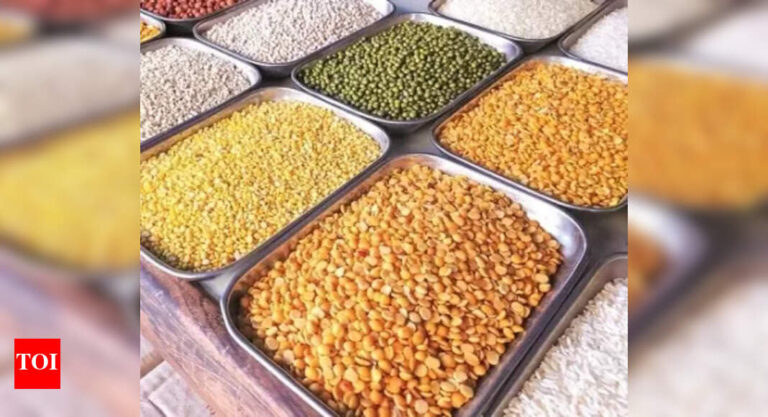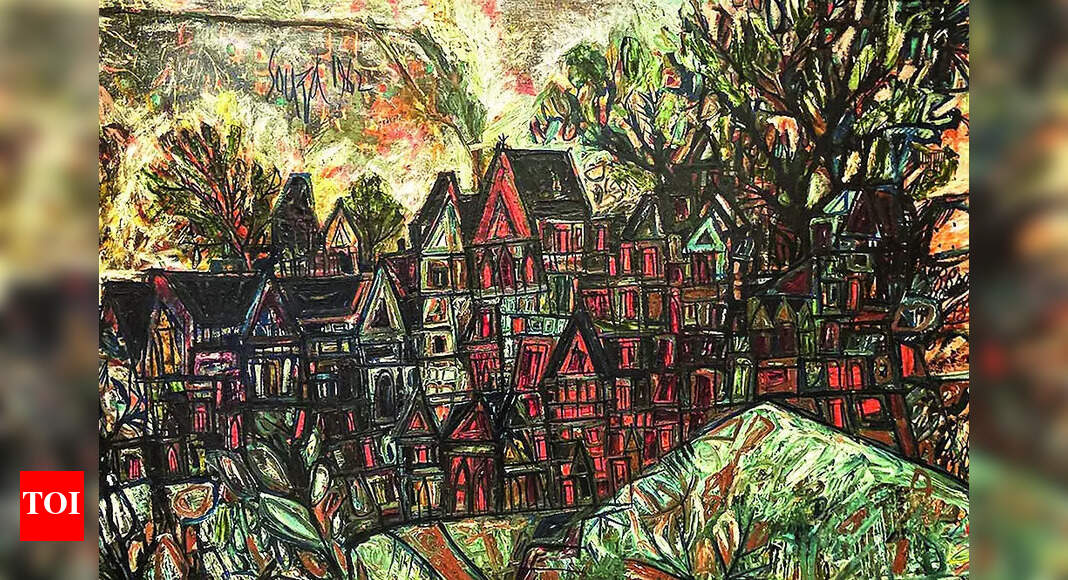
Francis Newton Souza, the Goa-born teen who got expelled from school for making dirty drawings on the walls of the school loo and who had an appetite for both risqué and risk, is now India’s third priciest artist. His landscape ‘Houses in Hampstead’ sold for $7.576 million (approx Rs 66.9 crore) at a Sotheby’s auction in London on Wednesday—just a shade lower than a Gaitonde canvas that fetched $7.579 million (Rs 67.08 crore) in Delhi on Saturday, becoming the second most expensive Indian artwork sold at auction. And in case you are losing track with art records tumbling faster than one can say the word ‘canvas’, the top three are now M F Husain, Gaitonde and Souza. Tyeb Mehta whose ‘Trussed Bull’ sold for $7.27 million in April is now in fourth place.Clearly, the bull in the Indian art market is no longer trussed. Last weekend’s Saffronart sale notched up sales of Rs 40.2 million while the Sotheby’s auction brought in $25.5 million, the highest total in 30-year history for its South Asian art department. All lots were sold, with 94% exceeding their high estimates. Seven auction records were set, including those for Ganesh Pyne, Kalidas Karmakar, Laxman Shrestha, and Laxman Pai.
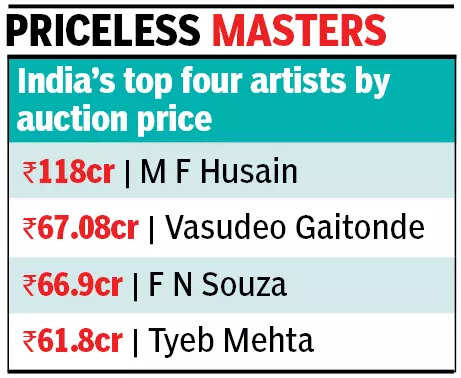
What’s more, almost one-third of buyers were new. Manjari Sihare-Sutin, co–worldwide head, Modern & Contemporary South Asian Art, Sotheby’s, attributes the current boom to a combination of economic confidence and a deepening cultural connection. “As India’s global economic standing grows, both domestic collectors and members of the diaspora are increasingly engaging with art as a meaningful link to their heritage. We’re seeing new collectors start at accessible price points and quickly grow comfortable acquiring works at the six- and seven-figure level.” She also points to greater confidence in the long-term value of art. For instance, Souza’s ‘Houses in Hampstead’ was bought for £3,000 in 2001 and sold for £5.6 million in this sale—over a 180-fold increase, with nine bidders vying for it.But it’s not just about money, she says. “Art offers something no other asset class can: emotional and aesthetic resonance. Many of our diasporic clients collect not only for value, but so their children can grow up surrounded by a sense of cultural identity.”It also appears that the Indian art market has laid the ghosts of 2008 to rest. Then, flipping for quick profits had led to prices crashing. This time, say insiders, the rise has been slow but steady. Crucially, the ecosystem around Indian art — from new galleries to auction houses, and institutional collectors like the Kiran Nadar Museum of Art— has grown. Art fairs have multiplied, the presence of homegrown auction houses like Saffronart and Pundole has helped grow the market, and international museums no longer treat Indian art as an exotic novelty. Delhi artist Arpita Singh got her first solo retrospective at the prestigious Serpentine gallery in London. Tate Britain recently dedicated a room to the works of Souza, a founder member of the Bombay Progressive Artists’ Group, who moved to London in 1949.

